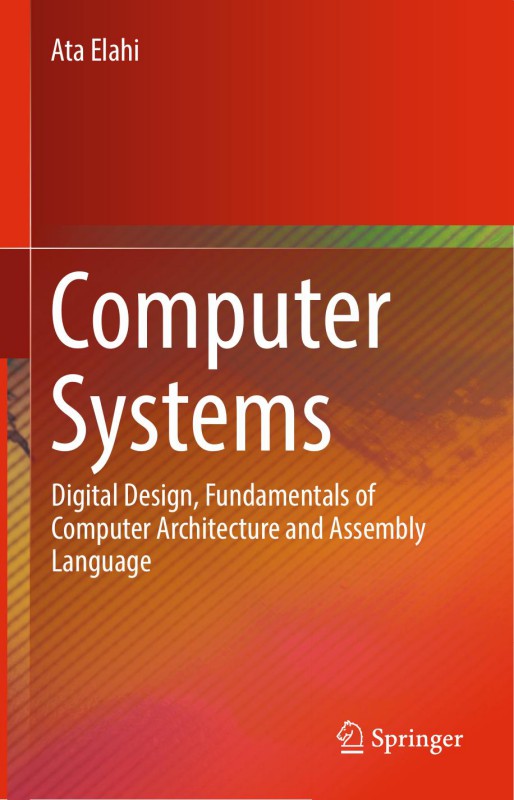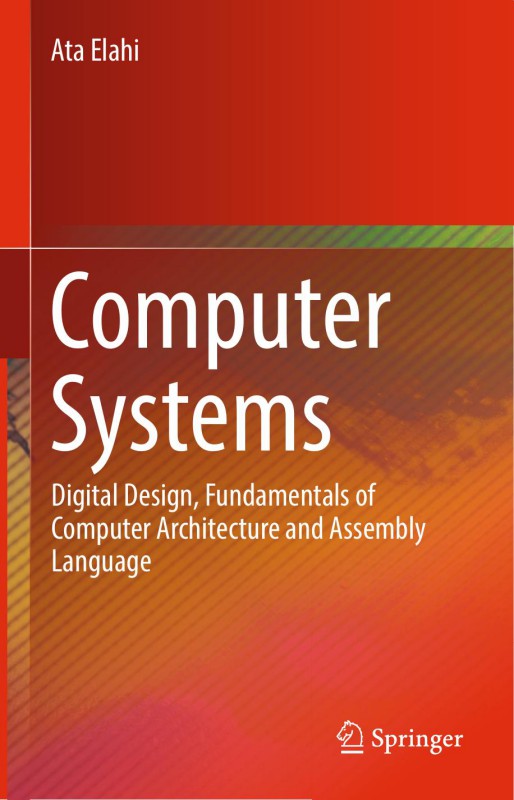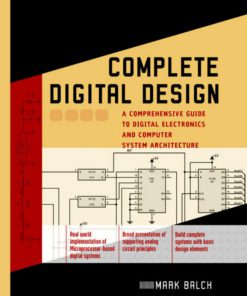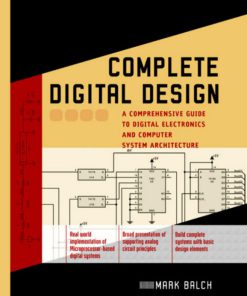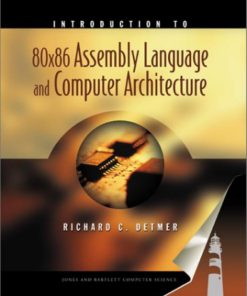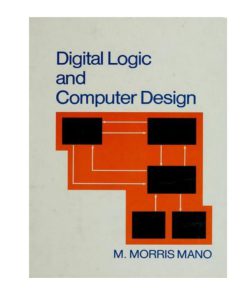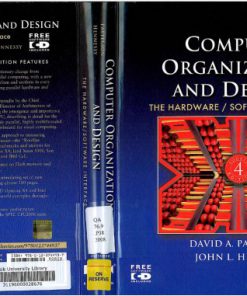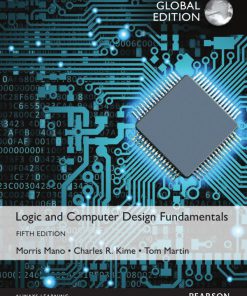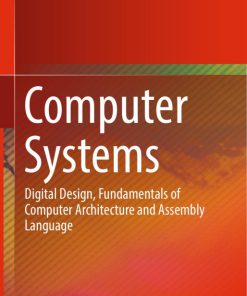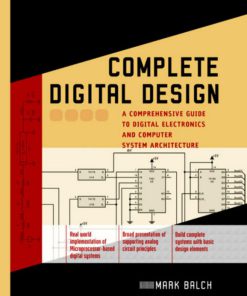Computer Systems Digital Design Fundamentals of Computer Architecture and Assembly Language 1st Edition by Ata Elahi ISBN 9783319667744
Original price was: $50.00.$25.00Current price is: $25.00.
Authors:Ata Elahi , Series:IT & Computer [409] , Tags:Technology & Engineering; Telecommunications; Electronics; Circuits; General; Computers; Networking; Hardware; Computer Architecture; Information Theory; Electrical; Language Arts & Disciplines; Library & Information Science , Author sort:Elahi, Ata , Ids:Google; 9783319667744 , Languages:Languages:eng , Published:Published:Nov 2017 , Publisher:Springer International Publishing , Comments:Comments:This textbook covers digital design, fundamentals of computer architecture, and assembly language. The book starts by introducing basic number systems, character coding, basic knowledge in digital design, and components of a computer. The book goes on to discuss information representation in computing; Boolean algebra and logic gates; sequential logic; input/output; and CPU performance. The author also covers ARM architecture, ARM instructions and ARM assembly language which is used in a variety of devices such as cell phones, digital TV, automobiles, routers, and switches. The book contains a set of laboratory experiments related to digital design using Logisim software; in addition, each chapter features objectives, summaries, key terms, review questions and problems. The book is targeted to students majoring Computer Science, Information System and IT and follows the ACM/IEEE 2013 guidelines. • Comprehensive textbook covering digital design, computer architecture, and ARM architecture and assembly • Covers basic number system and coding, basic knowledge in digital design, and components of a computer • Features laboratory exercises in addition to objectives, summaries, key terms, review questions, and problems in each chapter

